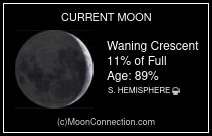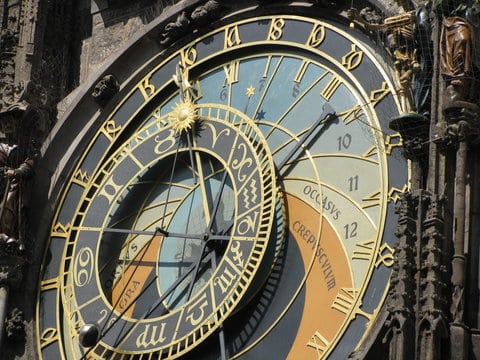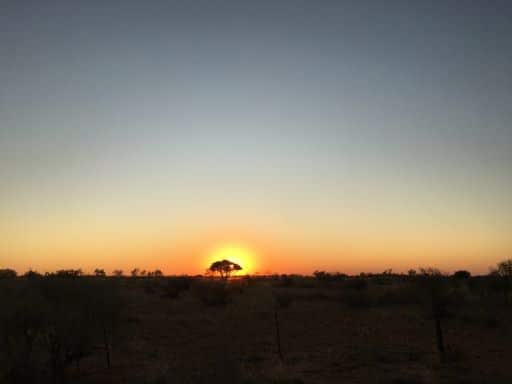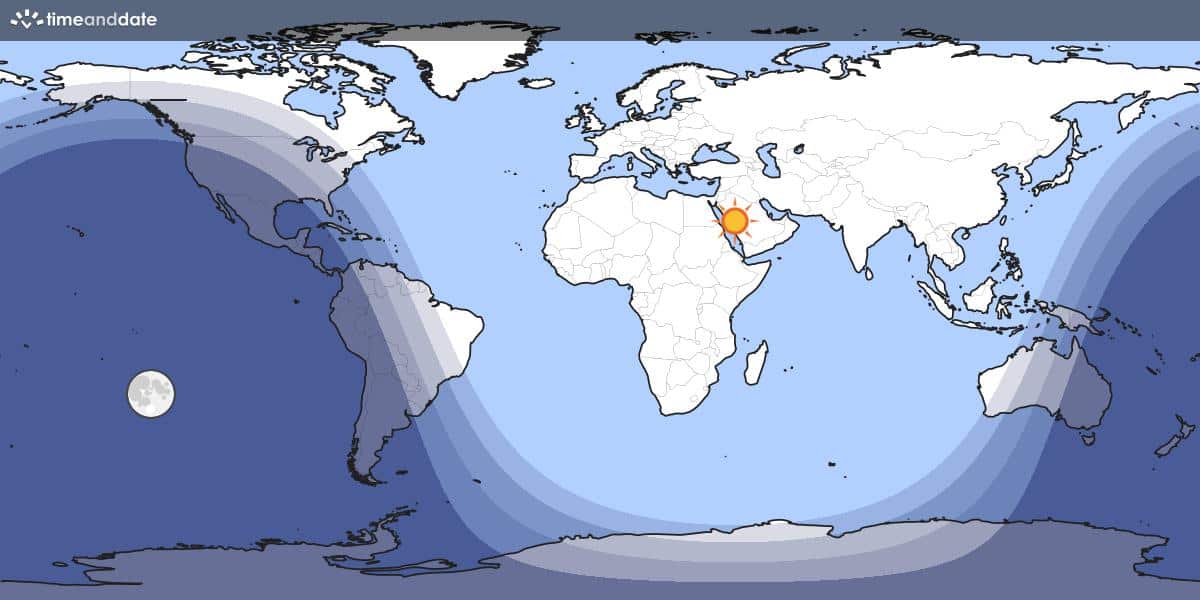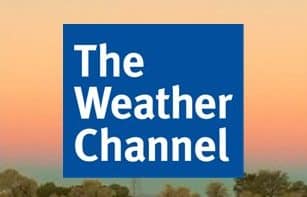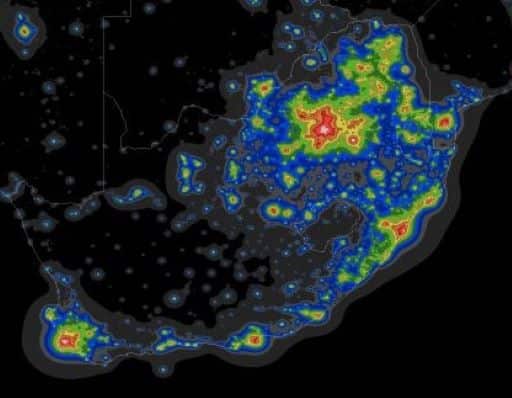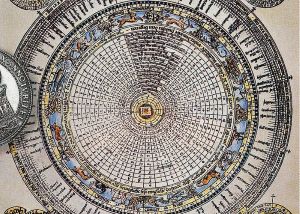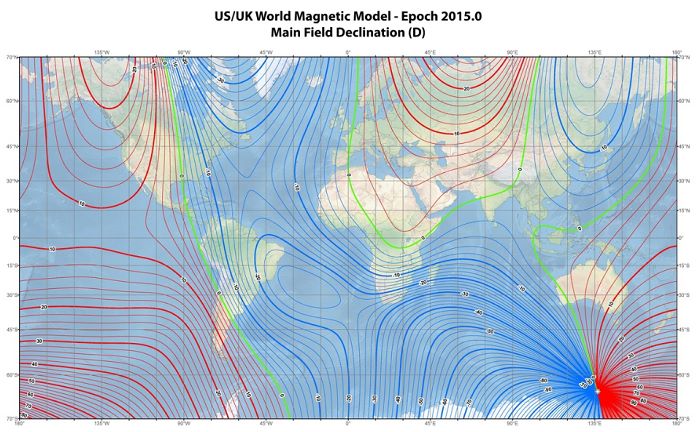The curious case of the Magellanic Clouds’ name
Cape Clouds… le Grand Nuage et le Petit Nuage… Nubecula Major and Nubecula Minor… the Large and Small Magellanic Clouds…
The evolution of a name
The two cosmic clouds are named after Ferdinand Magellan (1480-1521), the Portuguese explorer who set sail with the Spanish Armada De Moluccas on September 29, 1519, to find a western route to the Spice Islands – a voyage that resulted in the first circumnavigation of the Earth.
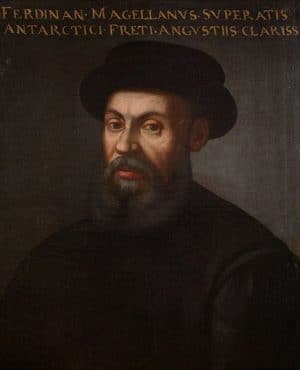
Ferdinand Magellan, in a 16th- or 17th-century anonymous portrait. Credit The Mariner’s Museum Collection
His fleet consisted of five ships (Trinidad, San Antonio, Concepción, Victoria, Santiago) and 237 men. One ship (Victoria) and eighteen surviving sailors returned three years later.
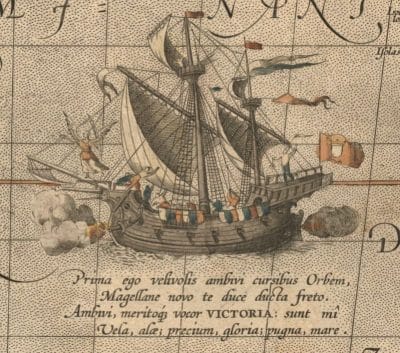
Image of Victoria from Abraham Ortelius’s map “Maris Pacifici . . .” (Antwerp, 1595). [Historic Maps Collection]
On the extraordinary voyage Magellan discovered the most important passage between the Atlantic and Pacific Oceans – the treacherous 600-kilometre strait that separates Tierra del Fuego at the tip of South America from the continental mainland and that bears his name, the Straits of Magellan. (He originally named it Esttrecho de Todas los Santos [Strait of All Saints] but later Charles V, who financed Magellan’s expedition, changed the name to Strait of Magellan to honour him.) After a perilous 38-day trip through the strait, the fleet emerged at the Pacific Ocean in November 1520; the first Europeans to see this ocean. Magellan named it Mar Pacifico because its waters appeared calm in comparison to the dangerous strait waters.
The fleet sailed on to the Philippine archipelago, landing on the island Cebu. Unfortunately for Magellan, he was overcome with religious zeal and decided to convert the natives to Christianity. Some agreed to convert, while others did not – and the split caused hostile problems in the population. The Cebuan king became Christian, and sought to fight against a neighbouring group, the Mactan, who did not convert. The Cebuans asked Magellan to join them in their fight, and he agreed, leading the attack and assuming his European weapons would ensure a quick victory. Not so. In the ferocious fighting that ensued, Magellan was killed with a poisoned arrow on April 27, 1521.
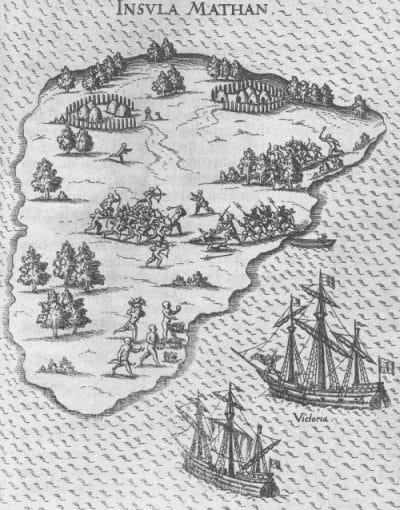
Death of Magellan on the Philippine island of Mactan. From Levinus Hulsius’s “Sechster Theil, kurtze, warhafftige Relation vnnd Beschreibung der wunderbarsten vier Schiffahrten” (Frankfurt, 1626). [Rare Books Division]
After Magellan’s death, Sebastian del Cano took command and they sailed to the Spice Islands. After securing the spices, they set sail for Spain and on 6 September 1522, three years after the fleet set sail, one ship, Victoria, with its 18 surviving sailors docked back in Seville.
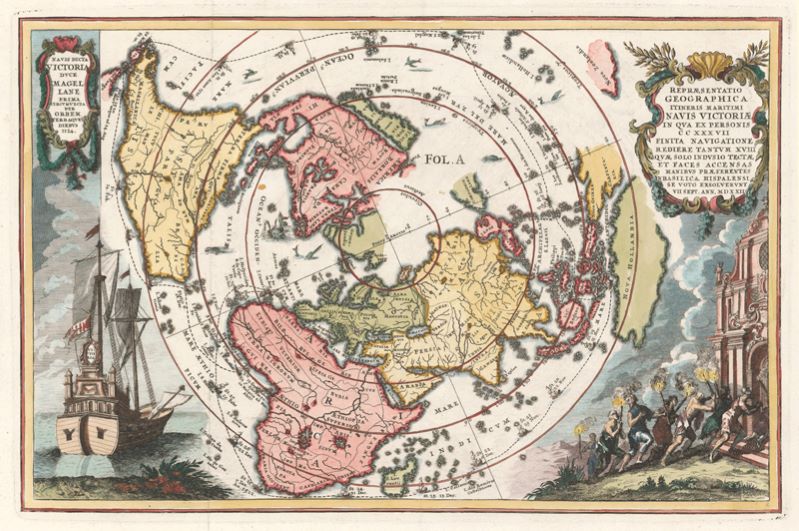
Copperplate map, with added color, 23 cm. in diam., on sheet 23 × 36 cm. From Scherer’s Atlas novus (Munich, 1702–1710). Reference: Shirley, Mapping of the World, 626. [Historic Maps Collection] On the left is an engraving of Victoria. On the right, the 18 survivors of the voyage are shown making their way to the Santa María de la Victoria church in Seville, where they go to give thanks for their safe return
Among the survivors was Antonio Pigafetta (c.1491–c.1531), a Venetian scholar who had kept a detailed diary of the expedition. Pigafetta related his experiences in his Relazione del primo viaggio intorno al mondo (“Report on the First Voyage Around the World”) which was distributed to European monarchs in handwritten form. Although parts were published in Paris in 1525, the manuscript was not published in its entirety until the late eighteenth century.
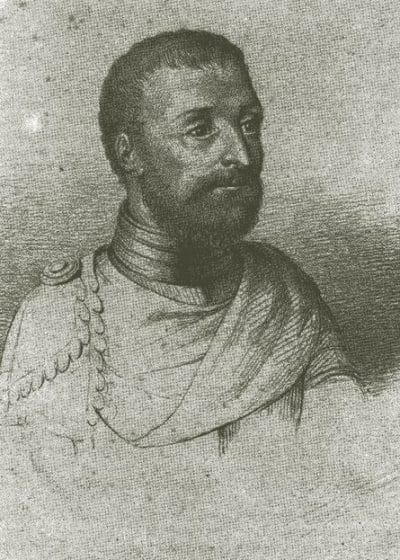
Antonio Pigafetta went far beyond chronicling the progress of Magellan’s fleet; his passion for learning about cultures and languages made him an early anthropologist of sorts
It is curious that the Clouds are named after Magellan. Not only is Pigafetta’s record of them a scant few lines in a fascinating (not to mention bloodthirsty) record of the voyage, but he also wasn’t the first European to mention them. The Italian explorer, navigator and cartographer, Amerigo Vespucci provided the first European description of the Clouds – and almost certainly the first diagram – in his Mundus Novus (“New World”) pamphlet published in 1503 about his voyage to the New World. Furthermore, the first time the name Magellanic Clouds appears in scientific publications is over three centuries later and it was close on four hundred years before the name had completely replaced the Latin names by which they had been known.
It appears that it was the sailors who honoured their fellow sailor’s voyage of circumnavigation and discovery by naming the Clouds after him. (The early Portuguese and Dutch navigators had called them the Cape Clouds). The first written reference I have found where they are called the Magellanic Clouds is in Edmond Halley’s 1679 catalogue in which he recorded the results of his two-year trip to the island of St Helena in the South Atlantic. He wrote, “… The two Nubeculae called by the sailors the Magellanic Clouds…” And the Swedish explorer and naturalist, Pehr Osbeck, in his 1757 account of his voyage to Asia also recorded that, “Our sailors call them the Magellanic clouds.”
Latin being the usual working language at the time, they were designated as Nebecula Major and Nebecula Minor in Bayer’s 1603 Uranometria. Nicolas-Louis de Lacaille, who observed at the Cape of Good Hope between August 1751 and July 1752 published a catalogue of southern nebulae in 1755 in which the Clouds are not listed, probably because they were too large for his purposes (although 30 Doradus, which he discovered, is mentioned). However, in the celestial map completing his publication he designates them as le Grand Nuage and le Petit Nuage (the Big and Small Cloud).

Lacaille’s map of 1752, showing the two Clouds. (Paris Observatory)
James Dunlop referred to them in his 1826 catalogue as Nebecula Major and Nebecula Minor, as did Rümker, when he published his 1832 catalogue based on observations from the Observatory of Paramatta in Australia. John Herschel seems to have been the first to use the name Magellanic Clouds in scientific publications, using both the scientific designations and the more public name. In a section entitled “On the two Nubeculae or Magellanic Clouds” he only talks about Nubeculae, but in the companying figure, where he gives his visual observations, he mentions, “The two Magellanic Clouds as seen with the naked Eye”. In 1847 John Herschel published his monumental survey of the southern skies conducted during his four-year stay at the Cape of Good Hope (1834-1838) and wrote, “The two Magellanic clouds, Nubecula major and Nebecula minor, are very remarkable objects.”
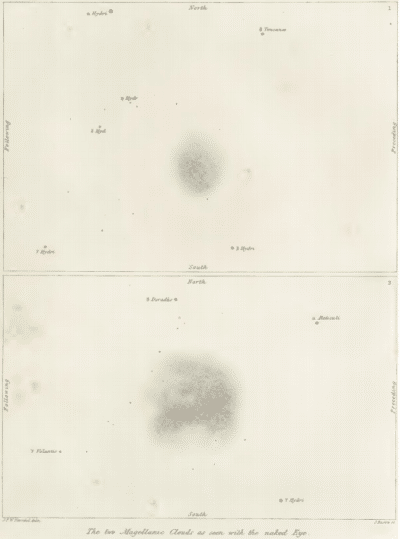
Herschel’s sketch of the Large and Small Magellanic Clouds. In the drawing he calls them the Magellanic Clouds, but in the text he uses the scientific names. Herschel, London, 1847
And the first time the Magellanic Clouds appear as if the obvious designation is in the first edition of Norton’s Star Atlas, published in 1910. It states that, “the Magellanic Clouds or Nubecula Major and Nubecula Minor appear to the naked eye like detached portions of the Milky Way, and are a marvelous sight in the telescope”. Thus, it appears that it took hundreds of years for the name Magellanic Clouds to pass from nautical circles to public and scientific spheres and finally replace the Latin Nubecula Major and Nubecula Minor.
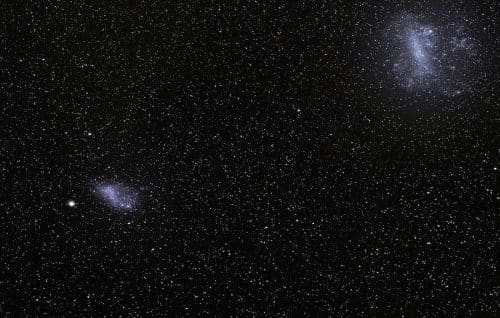
Credit ESO/S. Brunier – ESO



